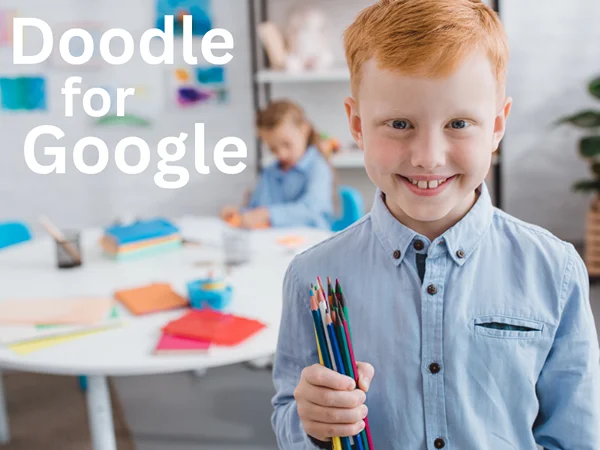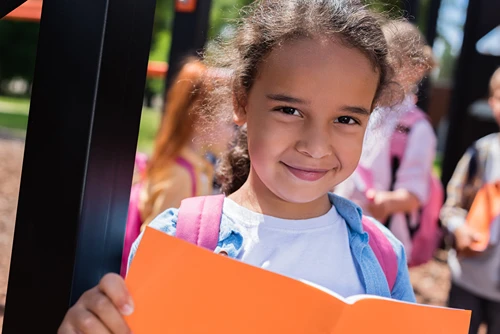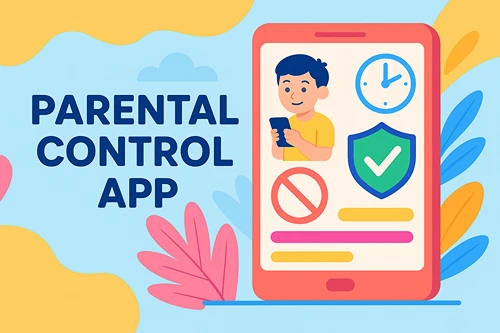The Importance of Making Sustainable Choices for Children
As we all become more educated and concerned about environmental degradation, teaching children the importance of sustainability is not just a noble endeavor—it’s essential. As guardians of future generations, parents and educators have the unique opportunity to instill values that could define the environmental landscape of tomorrow.
Sustainable choices, when incorporated into daily life, not only help protect our planet but also teach children responsibility, conservation, and empathy towards nature and other human beings.
Understanding Sustainability
Sustainability refers to the use of Earth’s resources in a way that prevents their depletion, ensuring that future generations will have the resources they need to live. It’s about finding a balance between economic progress, environmental care, and social responsibility. For children, understanding this balance is crucial because they are the ones who will face the consequences of today’s environmental decisions.
Sustainable Swaps in Everyday Life
Here are some everyday sustainable swaps that can have a significant impact on the environment at home, and in school while being simple enough for children to understand and adopt:
1. Reusable Water Bottles and Lunch Boxes
Swap disposable plastic water bottles and lunch packaging with reusable alternatives. This teaches children about the harmful effects of single-use plastics and encourages a habit of reusing materials, thereby reducing waste.
2. Recycled and Sustainable School Supplies
Choose pencils, notebooks, and bags made from recycled materials or sustainable sources like bamboo. This not only reduces reliance on virgin materials but also supports industries that prioritize the environment.
3. Organic and Local Foods
Incorporate organic foods that are free of harmful pesticides and fertilizers into your child’s diet. Moreover, choosing local produce reduces carbon footprints associated with transportation. This can be a practical lesson in how even small choices at the grocery store can impact the planet.
4. Sustainable Clothing
Opt for clothing made from organic or recycled materials. The fashion industry is one of the largest polluters, and by choosing sustainable clothing, children learn about the environmental impacts of their fashion choices.
5. Eco-Friendly Transportation
Encourage walking, biking, or carpooling for school commutes. This reduces carbon emissions and promotes physical health. It’s a simple yet effective way to teach kids about the impact of transportation choices on the environment.
6. Water Conservation
Instill habits like turning off the tap while brushing teeth and taking shorter showers. Reducing water consumption and conserving it is vital for sustainability, not only to protect our environment but also to ensure future generations have access to clean water. It’s one of earth’s most precious resources, and teaching kids not to take it for granted every time they turn on the tap is an important lesson.
7. Energy Conservation
Teach children to turn off lights, fans, and electronics when not in use. Simple habits like these can significantly reduce a household’s energy consumption and serve as an everyday reminder of the importance of energy conservation.
8. Use of Sustainable Bedding
Invest in sustainable home goods, like mattresses made from eco-friendly materials. For example, the hybrid latex mattresses, which are made from organic cotton, wool, and latex, offer a sustainable alternative to traditional mattresses that often contain synthetic materials and chemicals. Choosing Fawcett Mattress non-toxic organic beds shows kids that comfort and sustainability can coexist, setting an early example that what we sleep on matters to both our health and the planet,” says the founder of Fawcett Mattress.
Benefits of Sustainable Living for Children
Health Benefits
Many sustainable choices lead to healthier lifestyles. For instance, organic foods are free from synthetic pesticides and fertilizers, reducing exposure to harmful chemicals. Similarly, using products made from natural materials can reduce exposure to allergens and irritants found in many synthetic products.
Economic Benefits
Although some sustainable products might have a higher upfront cost, they often lead to savings in the long run. Reusable products reduce the need for frequent purchases, and energy-efficient practices can lower utility bills.
Educational Benefits
Engaging children in sustainable practices helps them learn about environmental science, economics, and ethics in practical, impactful ways. It encourages critical thinking about how their actions affect the world.
Conclusion
Making sustainable choices is not just about buying eco-friendly products; it goes hand in hand with overall sustainability energy and creates an ethos that values and respects the natural world. By teaching children, the importance of sustainability through everyday swaps and decisions, we equip them with the knowledge and habits that will help them lead more responsible and aware lives. These lessons in sustainability have the potential to ripple through generations, making a profound difference in the environmental landscape of our planet.
Embracing sustainability in our daily lives sends a powerful message to children about the importance of caring for the Earth. It’s a crucial lesson that will shape the way they think about and interact with the world around them.






